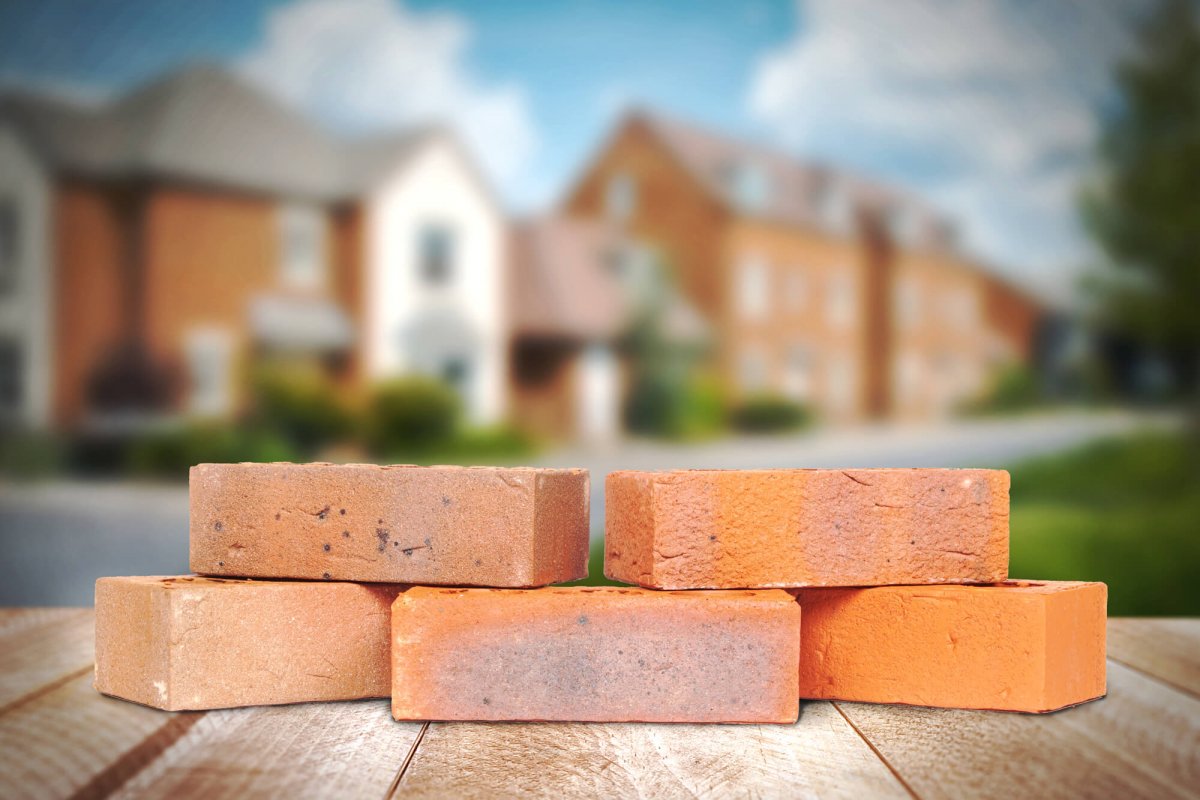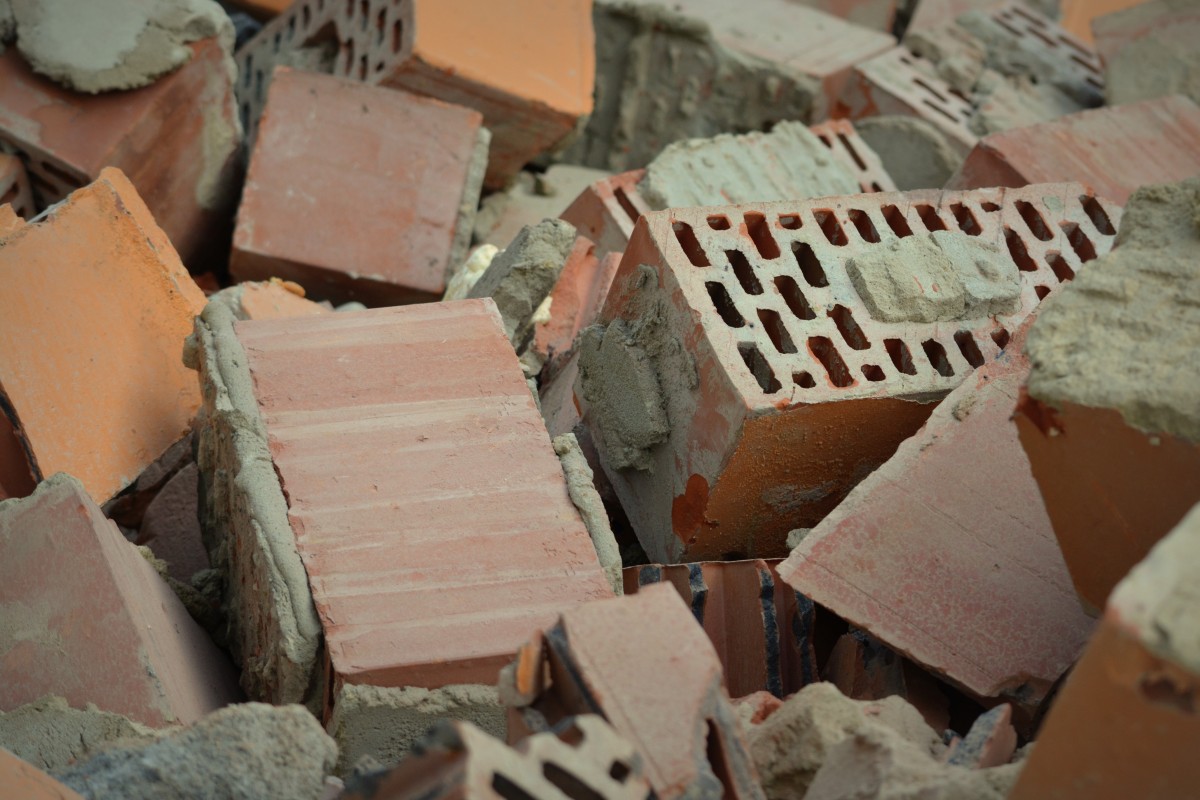calcium silicate brick propertiesThe resistance change factor should not exceed 20% for premium bricks and 30% for other types. Sand-lime brick must withstand 15 periods of freezing (up to 15 degrees below zero) and melting. Allowed relative reduction of pressure strain after freezing and thawing test should not be more than 20%. The spatial weight of sand-lime brick is related to its compressive strength, and for low-strength, medium-strength, high-strength, and premium bricks, it should be less than 1.5, 1.7, 1.9, and 1.2 grams per cubic centimeter. Shrinkage due to drying of premium sand-lime bricks should not exceed 2.5% and in the case of other bricks, it should not exceed 3.5%. The appearance of sand-lime bricks should be clean, uniform, and free of cracks and holes and foreign materials such as soil, lime, and organic materials. Water absorption of sand-lime brick in 24 hours should not be less than 8% and more than 20%. Brick is one of the oldest and most widely used building materials and is often used for building walls and facades. There are different types of bricks in terms of ingredients. But here we will introduce two types of clay brick and sand-lime brick, which are mostly used as building materials for building walls and facades. (many bricks have industrial applications such as refractory bricks)  Calcium silicate bricks are also called lime sand bricks. Lime and silica are used instead of clay in the construction of this type of brick. To produce these bricks, lime and silica are used in a certain proportion and with mineral pigments. In the production process, sand and silica or quartz powder are first mixed with lime and then the lime is allowed to hydrate completely. Then the mixture is pressed into the mold and transferred to the autoclave. The autoclave is left for several hours at a temperature of about 200 degrees Celsius to complete the chemical reaction between lime and silica and harden the brick. Due to the possibility of using mineral pigments, sand-lime bricks can be produced in different colors, including white, black, ocher, etc. clay brick These types of bricks, as their name suggests, are made of clay. Clay Chemically and compositionally, clay can include minerals such as feldspar, illite, and kaolin and some other minerals such as calcite-quartz, mica, alumina, etc., and basic metals such as iron and manganese. The percentage of clay elements and compounds depends on the type of mother rock and the length of the transmission path, climatic conditions, and the topography of each region. Suitable soils for brick production are low-refractory soils that are baked at a temperature of fewer than 1250 degrees Celsius. The temperature required for baking bricks depends on the type of soil and the number of mineral elements in the soil. The suitable temperature is between 900 and 1200 degrees. Materials such as iron oxide, lime, sodium, and potassium salts reduce the melting point of the soil. If the clay contains a lot of silica and alumina, it is considered refractory clay and it is baked at a temperature above 1250 degrees.
Calcium silicate bricks are also called lime sand bricks. Lime and silica are used instead of clay in the construction of this type of brick. To produce these bricks, lime and silica are used in a certain proportion and with mineral pigments. In the production process, sand and silica or quartz powder are first mixed with lime and then the lime is allowed to hydrate completely. Then the mixture is pressed into the mold and transferred to the autoclave. The autoclave is left for several hours at a temperature of about 200 degrees Celsius to complete the chemical reaction between lime and silica and harden the brick. Due to the possibility of using mineral pigments, sand-lime bricks can be produced in different colors, including white, black, ocher, etc. clay brick These types of bricks, as their name suggests, are made of clay. Clay Chemically and compositionally, clay can include minerals such as feldspar, illite, and kaolin and some other minerals such as calcite-quartz, mica, alumina, etc., and basic metals such as iron and manganese. The percentage of clay elements and compounds depends on the type of mother rock and the length of the transmission path, climatic conditions, and the topography of each region. Suitable soils for brick production are low-refractory soils that are baked at a temperature of fewer than 1250 degrees Celsius. The temperature required for baking bricks depends on the type of soil and the number of mineral elements in the soil. The suitable temperature is between 900 and 1200 degrees. Materials such as iron oxide, lime, sodium, and potassium salts reduce the melting point of the soil. If the clay contains a lot of silica and alumina, it is considered refractory clay and it is baked at a temperature above 1250 degrees. 
how to identify calcium silicate bricks
According to the standard, the appropriate amount of silicon oxide is between 40 and 60 percent of the soil. On the other hand, silica grains constantly increase their volume as the temperature increases during brick firing, which is not consistent with the uniform accumulation of clay during firing, and hairline cracks are formed in the bricks around the silica grains. Increasing the amount of silica makes the brick thicker and heavier and increases its firing temperature .Iron oxide in bricks melts at temperatures above 1000 degrees Celsius (reduces the firing temperature of bricks). Clay with 5-8% iron oxide produces red brick when fired. Iron oxide clay depends on the percentage of iron oxide, the percentage of alkaline compounds, and the temperature and conditions of the kiln (oxidation-reduction or reduction) after firing to produce bricks of different colors. At a temperature below 1000°C and under oxidation conditions, the brick is red, and at a temperature of 1100°C and in the furnace under oxidation conditions, the brick production turns light reddish brown. When the furnace is in regeneration mode, the condition of the brick becomes gray or black. If the clay contains 3 to 4 percent of alkaline compounds such as sodium and potassium, or if it is fired at a high temperature, the color of the brick will be more purple.  Sand-lime brick is very good against frost and weather changes. Due to having a completely smooth surface and the same dimensions and a beautiful light gray natural color, its use in facade construction has favorable results, especially since it is possible to produce bricks in different colors. Some internal surfaces such as warehouses, production workshops, and offices can be built and faced with this brick without the need for carpentry. It is easy to load, transport, and unload sand-lime brick and the loss due to its failure is low. Silica sand: 1700 kg (equivalent to about 1250 liters) Quicklime with 90% cao weight: 165 kg Water includes combination water, steam production, Green space of the factory, and drinking water: a total of 523 liters Diesel fuel: 19.55 liters (with 18.2 kg) Diesel fuel for heating and vehicles: 1 liter Diesel energy for heating and vehicles: 25-kilowatt hours One of the features that have caused the trend towards this type of product is that this product is produced in uniform sizes and with a delicate geometric shape. In addition, its white color has given it a special effect. Sand-lime bricks can be combined with different pigments, so you can get this product in different colors.
Sand-lime brick is very good against frost and weather changes. Due to having a completely smooth surface and the same dimensions and a beautiful light gray natural color, its use in facade construction has favorable results, especially since it is possible to produce bricks in different colors. Some internal surfaces such as warehouses, production workshops, and offices can be built and faced with this brick without the need for carpentry. It is easy to load, transport, and unload sand-lime brick and the loss due to its failure is low. Silica sand: 1700 kg (equivalent to about 1250 liters) Quicklime with 90% cao weight: 165 kg Water includes combination water, steam production, Green space of the factory, and drinking water: a total of 523 liters Diesel fuel: 19.55 liters (with 18.2 kg) Diesel fuel for heating and vehicles: 1 liter Diesel energy for heating and vehicles: 25-kilowatt hours One of the features that have caused the trend towards this type of product is that this product is produced in uniform sizes and with a delicate geometric shape. In addition, its white color has given it a special effect. Sand-lime bricks can be combined with different pigments, so you can get this product in different colors.  Due to the characteristics of sand-lime brick, this type of brick can be a suitable sound and thermal insulation, and you can use it to save energy in the cold and hot seasons of the year. Also, if you are looking for silence and peace compared to external sounds, using sand-lime bricks can be a suitable option. The loading and transportation of all types of bricks should be done in such a way that the amount of waste is reduced to the minimum possible. Bricks and blocks should be sorted separately in a clean and covered place and prevent their contact with soil, harmful substances, moisture, ice, and snow. The testing of the samples taken from the brick in the factory and workshop must be by the desired characteristics in the work specifications.
Due to the characteristics of sand-lime brick, this type of brick can be a suitable sound and thermal insulation, and you can use it to save energy in the cold and hot seasons of the year. Also, if you are looking for silence and peace compared to external sounds, using sand-lime bricks can be a suitable option. The loading and transportation of all types of bricks should be done in such a way that the amount of waste is reduced to the minimum possible. Bricks and blocks should be sorted separately in a clean and covered place and prevent their contact with soil, harmful substances, moisture, ice, and snow. The testing of the samples taken from the brick in the factory and workshop must be by the desired characteristics in the work specifications.
